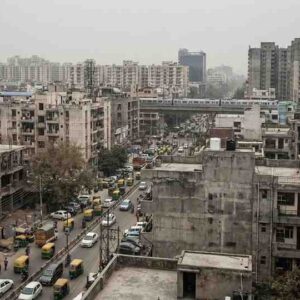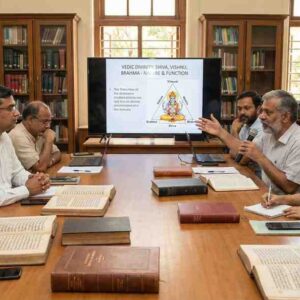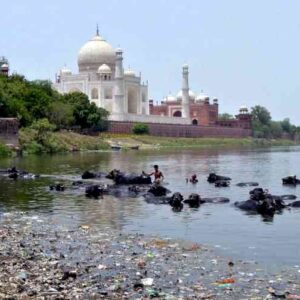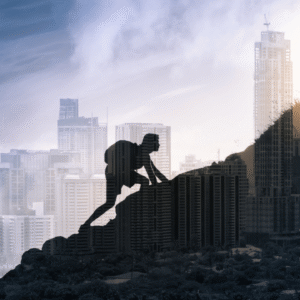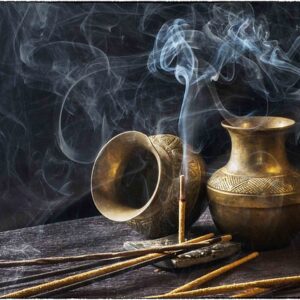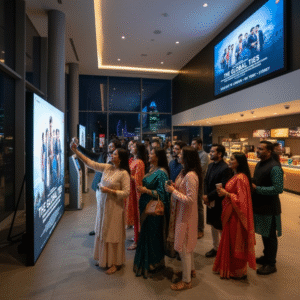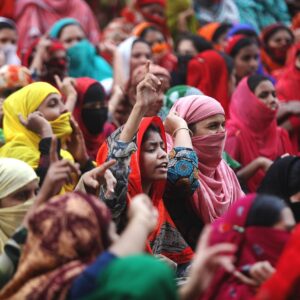The Dual Nature of Cultural Heritage
In Uttar Pradesh (UP), a state synonymous with India’s rich historical and cultural fabric, the question of whether its heritage is a treasure or a burden is increasingly relevant. With a legacy shaped by the grandeur of Mughal architecture, the spiritual essence of cities like Varanasi, and the socio-political dynamics of caste and religion, UP stands at the crossroads of tradition and transformation. The debate over cultural heritage versus cultural burden reflects deeper philosophical divides that influence the state’s identity and trajectory.
Cultural Heritage in Uttar Pradesh: Pride and Responsibility
1. Spiritual Landmarks and Historical Monuments
- The Taj Mahal and Mughal Legacies:
- Iconic structures like the Taj Mahal, Fatehpur Sikri, and Agra Fort not only symbolize India’s architectural brilliance but also represent a historical period marked by cultural synthesis.
- Varanasi and Ayodhya:
- Spiritual centers such as Varanasi and Ayodhya highlight India’s deep-rooted connection to faith and philosophy, attracting millions of pilgrims annually.
- Significance:
- These sites serve as reminders of UP’s pivotal role in shaping India’s spiritual and cultural identity.
2. Art, Craft, and Culinary Traditions
- Traditional Excellence:
- UP’s cultural heritage extends to Banarasi sarees, chikankari embroidery from Lucknow, and brassware from Moradabad.
- Culinary arts, from Awadhi biryani to Mathura’s peda, are renowned worldwide.
- Challenges:
- Despite government initiatives like One District, One Product (ODOP), many artisans face financial struggles due to declining demand and competition from mechanized production.
3. Festivals and Community Traditions
- Celebrations of Unity:
- Festivals like Diwali in Ayodhya, Holi in Barsana, and the Kumbh Mela in Prayagraj showcase cultural unity and shared traditions.
- Decline of Folk Arts:
- Folk music, storytelling, and dance traditions are under threat as younger generations migrate to urban areas, often disconnecting from these practices.
When Heritage Becomes a Burden
1. The Weight of Preservation
- Resource-Intensive Maintenance:
- Historical sites like the Taj Mahal require significant investment for restoration and upkeep, sometimes at the expense of developmental priorities.
- Tourism Dependency:
- Over-reliance on cultural tourism can create economic imbalances, neglecting investments in technology and infrastructure.
2. Socio-Cultural Constraints
- Rigid Traditions:
- Practices rooted in caste hierarchies and patriarchal norms often hinder social progress.
- Marriages, education, and even local governance are sometimes influenced by outdated traditions.
3. The Commercialization of Culture
- Festivals and Monuments:
- Increasing commercialization dilutes the authenticity of cultural practices, turning spiritual events into spectacles and monuments into profit-driven enterprises.
- Impact:
- The commodification of heritage risks alienating the very communities that have preserved these traditions for centuries.
Philosophical Perspectives: Heritage vs. Progress
1. Cultural Heritage as a Beacon
- Inspirational Legacy:
- Philosophers like Mahatma Gandhi viewed heritage as a moral compass, offering lessons in simplicity, service, and resilience.
- Economic and Social Value:
- Properly harnessed, heritage can inspire pride and provide sustainable livelihoods for artisans, guides, and local communities.
2. Heritage as a Burden
- A Stumbling Block to Modernity:
- Critics argue that excessive reverence for cultural heritage can stifle innovation and perpetuate regressive practices.
- B.R. Ambedkar’s emphasis on dismantling caste structures underscores the importance of challenging oppressive traditions.
3. Bridging the Divide
- Dynamic Tradition:
- Modern thinkers advocate for reinterpreting heritage, ensuring it evolves to align with contemporary values of equality, inclusivity, and innovation.
Navigating the Tensions
1. Preserving Authenticity
- Invest in cultural preservation initiatives that prioritize local communities’ participation, ensuring their stories and traditions remain central.
2. Balancing Development
- Leverage cultural heritage for economic growth while investing in sectors like education, technology, and healthcare to ensure comprehensive progress.
3. Reviving Relevance
- Use technology to document and promote cultural practices, making them accessible and relatable to younger generations.
4. Encouraging Dialogue
- Facilitate conversations among historians, sociologists, and policymakers to create balanced approaches to heritage preservation and modernization.
Conclusion: A Balancing Act
In Uttar Pradesh, cultural heritage is both a source of immense pride and a complex responsibility. While it defines the state’s identity and attracts global attention, its preservation often comes with economic and social challenges.
The future lies in embracing a dynamic approach—where heritage is not a static relic of the past but a living, evolving part of the present. By fostering inclusivity, innovation, and respect for traditions, UP can honor its cultural legacy without compromising its aspirations for progress and modernity.

